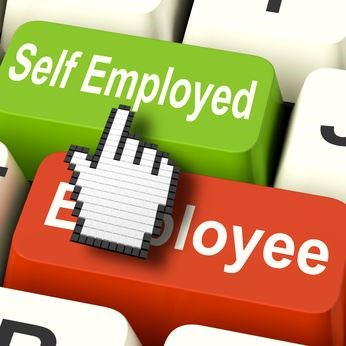HMRC's CEST (Check Employment Status Tool) is designed to help you identify how a worker should be classed, employed or self-employed, and ultimately how their tax and NI should be paid.
The tool can help you to identify whether your current or potential worker is or should be an employee or self-employed, or whether IR35 rules apply or not. The employee can also use the tool to determine what their status should be. If both worker and employer get different answers they should compare their answers as either party may have some additional information about the situation which the other does not have.
Why is it important to have the correct employment status?
Individuals are responsible for paying tax and NI on their earnings and how they do that is dependent on their employment status. Employees will pay through the employer's payroll, whereas the self-employed will pay tax and NI on their profits.
If your worker is classed as an employee because of the work that is done, how it is done, when it is done, how they are paid, and by the benefits they receive but you have considered them to be self-employed (or they have told you they want to be self-employed) then HMRC will look to you for the Employers National Insurance contributions you should have been paying for them. Not only that -which will go back to their start date - but also a penalty. You will also be liable for pension contributions - yours and the employees' from their start date - as well as a penalty from The Pension Regulator.
If you can show that you have used the tool and answered the questions accurately and the tool has confirmed the worker can be self-employed then HMRC will accept that and there will be no penalty or back payments due. Don't forget to keep a copy of your answers and the result when you use the tool.
You might think the tool will only state that a worker must be employed but It doesn't do this if that is not the correct status. What it does do in addition is to make you aware of what your worker, whether employed or self-employer, is responsible for and what what your contract with that worker should be covering.
When should you use the tool to check employment status?
When you are appointing someone to work in or for your business who you will not be adding to your payroll but who will be carrying out regular or significant work either short term or long term. If the person is in business in their own right and provide the service to you as well as others the tool is likely to show that that person is self-employed - but there is always a risk it may not.
As long as you answer the questions accurately HMRC say they will stand by the results produced by the tool, however if any circumstances change with the worker you should complete the tool again. For example if the short term contract is extended or the type of work changed. A copy of the answers should always be saved for your records.

